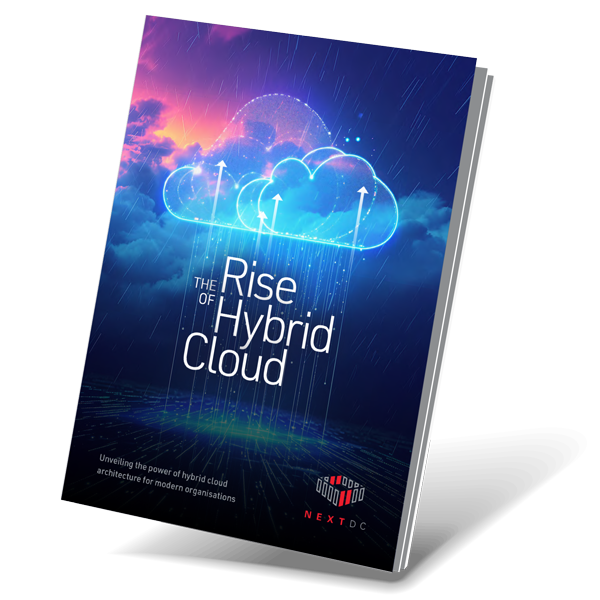Rise of Hybrid and Multi Cloud
Unveiling the Power of Hybrid and Multi Cloud Architecture
Gain access to strategic advantages and key benefits by downloading the report now

-
Demystifying Hybrid Cloud:
Understand the concept, components, and workings of Hybrid Cloud, unraveling the complexity for clarity. -
Hybrid Cloud Essentials:
Grasp the fundamentals, including the definition, architecture, and composition of Hybrid Cloud, covering on-premises infrastructure, private, and public clouds. -
Public and Private Cloud Distinction:
Learn the key differences between public and private clouds, comprehending their structures and accessibility. -
Workloads Unveiled:
Gain insights into the critical concept of workloads in cloud environments, recognizing their diverse nature and importance in Hybrid Cloud operations. -
Strategic Benefits:
Explore the agility, cost-effectiveness, and risk management advantages offered by Hybrid Cloud, empowering organizations to adapt swiftly to digital transformations while maintaining control. -
Management Insights:
Delve into the dynamic landscape of Hybrid Cloud management, addressing key questions and considerations for effective orchestration and optimization.
Supercharge Your Strategy,
Dive into the World of Hybrid and Multi-Cloud!
Dive into the World of Hybrid and Multi-Cloud!
Hybrid and Multi-Cloud Unveiled: Navigating the Rise and Reaping the Benefits
Unlock strategic advantages and key benefits by downloading the report now.
Please complete the form below to download the report
Experience the NEXTDC Advantage
Australian Owned
We deliver end-to-end local support 24/7. Our leadership team listen, and act on feedback in real-time.
100% Uptime
Our Uptime certified Tier IV and Tier III world-class data centres delivers our customers superior service excellence, without disruption.
Customer Centric
We lead with respect and integrity. We strive to exceed the expectations of our customers and partners, enabling them to focus on what is most important to their business.
Security
Our colocation data centres are designed to deliver a seamless defence in depth experience. Built to adhere to the highest global security standards that enable frictionless onsite access 24/7.
Partner Ecosystem
We build strategic relationships with our partner ecosystem, enabling our customers to leverage the combined power of the ecosystem for enhanced success.
Sustainability
As Australia’s most environmentally advanced and highly certified data centre operator, we provide our customers assurance that their IT is running in the most sustainable and efficient facilities in the country.